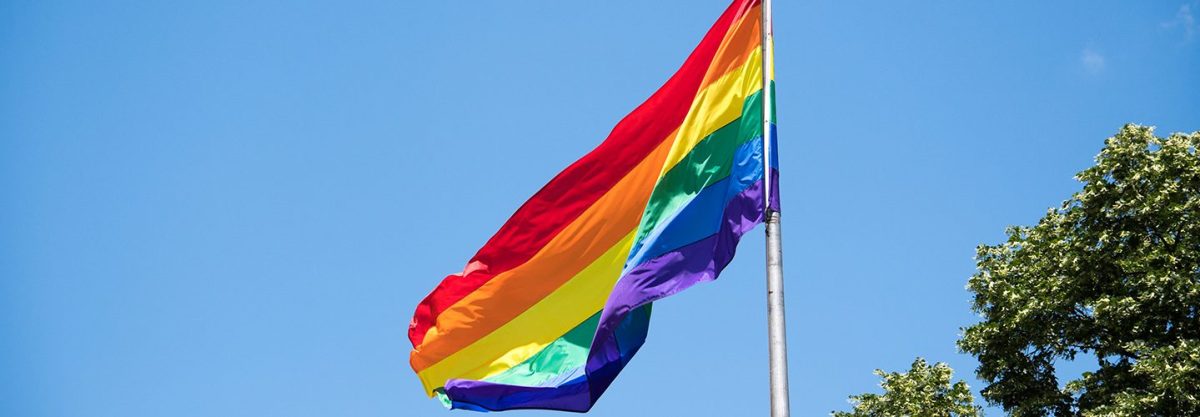Back in the late 1990s, corporations and newsroom began to complain about something called “diversity fatigue.” The institutions themselves wanted to create a more diverse American workforce, but the actual task of recruiting and nurturing minority talent was hard work, and oftentimes exhausting. So the term “diversity fatigue” described the stress that managers felt when handling these responsibilities. The term soon drifted away from just the workplace and took on a broader meaning, and basically, everyone was “allowed” to feel tired of diversity, writes The New Yorker. People felt tired of being hyper-aware of hurting someone’s feelings, and many feel the rise of Donald Trump was a manifestation of this “long-brewing and ideologically varied skepticism toward diversity.” For decades, diversity was generally accepted as a common goal across political party lines, but in Trump’s wake, it became increasingly mainstream to question the very legitimacy of the concept of “diversity.” It was no longer viewed as a strength, but was instead included on a list of words that officials at the Centers for Disease Control and Prevention were discouraged from using, as to avoid raising “red flags among Republicans in Congress.” Diversity has become the scapegoat when something that has always been reliable begins to falter, and it has become a worn and misapplied term.
Thanks for reading InsideHook. Sign up for our daily newsletter and be in the know.


















